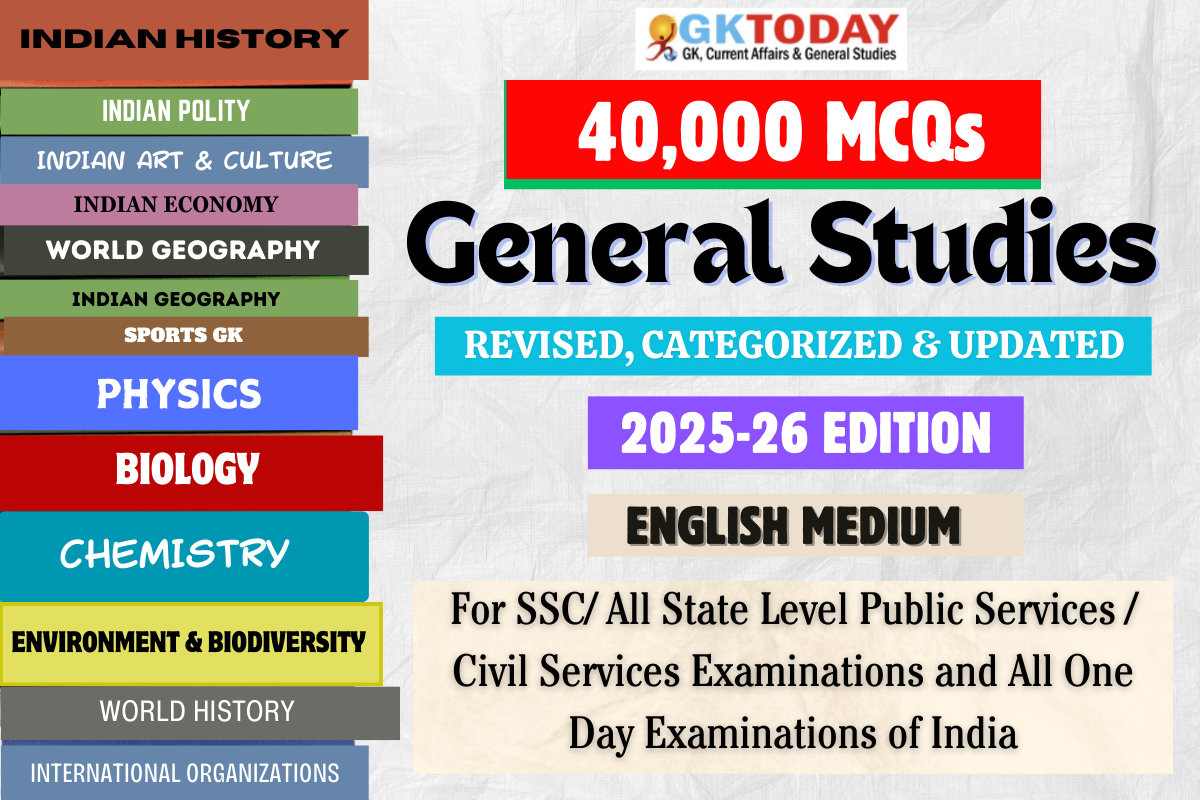1. Bobbili veena, also known as Saraswathi Veena or the Ekanda Veena, is a large plucked string instrument used in Carnatic classical music. It is made from which of the following trees?
[A] Sandalwood
[B] Jackwood
[C] Bamboo
[D] Rosewood
Show Answer
Correct Answer: B [Jackwood]
Notes:
Bobbili veena, also known as Saraswathi Veena or the Ekanda Veena, is a large plucked string instrument used in Carnatic classical music. It is carved from a single piece of Jackwood. Jackwood is a rainforest tree.
2. Where is the Tagore Centre for the Study of Culture and Civilization ?
[A] Shimla
[B] Kolkata
[C] Chennai
[D] Dehrdun
Show Answer
Correct Answer: A [Shimla]
Notes:
To pay a befitting tribute to the man of letters, Nobel Laureate, Gurudev Rabindranath Tagore, on his 150th birth anniversary, the Government of India has set up a ‘Tagore Centre for the Study of Culture and Civilization’ (TCSCC) at the Indian Institute of Advanced Study (IIAS), Shimla. The objectives of the Centre include: to encourage the study of Tagore’s work; support translations of Tagore’s work into other Indian languages; promote comparative study of his work with poets, artists and writers in other parts of India and the world; study the elements of his Humanist philosophy and his cosmopolitanism; and explore his concerns regarding the relationship between science and society.
3. Who among the following got the Mahabharata translated into Persian and named it as ‘Razmnama’ ?
[A] Akbar
[B] Jahangir
[C] Aurangzeb
[D] None of the above
Show Answer
Correct Answer: A [Akbar]
Notes:
The Mahabharata was translated into Persian at Akbar’s orders, by Faizi and `Abd al-Qadir Bada’uni (c. 1540 – 1615) and named Razmnameh.
4. Yājñavalkya Smrti was written in which among the following era?
[A] Vedic Period
[B] Later Vedic Period
[C] Maurya Period
[D] Gupta Period
Show Answer
Correct Answer: D [Gupta Period]
Notes:
The Yājñavalkya Smrti is a Dharma-related texts of Hinduism composed in Sanskrit. It is dated to between the 3rd to 5th-century CE, and belongs to the Gupta period.
5. Central Institute of Buddhist Studies is located at?
[A] Arunachal Pradesh
[B] Sikkim
[C] Jammu & Kashmir
[D] Himachal Pradesh
Show Answer
Correct Answer: C [Jammu & Kashmir]
Notes:
Central Institute of Buddhist Studies (CIBS) is located in Leh, Ladakh. CIBS is an institution dedicated to the study and promotion of Buddhist culture and philosophy.
6. Who among the following is known for the famous quote “an uncontrolled pen serves but to destroy.”?
[A] Jawahar Lal Nehru
[B] Mahatma Gandhi
[C] Leo Tolstoy
[D] Rabindranath Tagore
Show Answer
Correct Answer: B [Mahatma Gandhi]
Notes:
The name of the autobiography of Gandhiji is “The Story of My Experiments with Truth”. It was published in 1927. In this book he wrote “In the very first month of Indian Opinion, I realised that the sole aim of journalism should be service. The newspaper press is a great power, but just as an unchained torrent of water submerges whole countryside and devastates crops, even so an uncontrolled pen serves but to destroy”.
7. Lal Ded was a saint from which region?
[A] Tamil Nadu
[B] Kashmir
[C] Maharashtra
[D] Gujarat
Show Answer
Correct Answer: B [Kashmir ]
Notes:
Lal Ded (Lalleswari) was an ardent devotee of Lord Shiva and a revered Kashmiri saint. Born in 1320 AD near Pampore, Kashmir, she was a daughter of a Kashmiri Brahman named Cheta Bhat. Lal Ded played a significant role in the history of Kashmir, notably for her profound spiritual poems and public discourses, contributing vastly to the development of the Kashmiri language and literature.
8. Which among the following is NOT among the Panchabhutas as per ancient Indian philosophy?
[A] Earth
[B] Fire
[C] Water
[D] Space
Show Answer
Correct Answer: D [Space]
Notes:
There are nine substances viz. prithvi (earth), ap (water), tejas (fire), vayu (air), akasha (ether), kala (time), dik (space), atman (self) and manas (mind). The first five are called bhutas (Panchabhutas) the substances having some specific qualities so that they could be perceived by one or the other external senses.
9. Natwari Nritya is associated to which of the following classical dance forms?
[A] Kathak
[B] Kathakali
[C] Kuchipudi
[D] Bharatanatyam
Show Answer
Correct Answer: A [ Kathak]
Notes:
"Natwari Nritya" is also known as the dance of Krishna. Natwar is another name for Krishna.
10. Which among the following is the keystone of the philosophy and thought of the Upanishads?
[A] Universal Truth
[B] Universal Knowledge
[C] Universal Soul
[D] Universal God
Show Answer
Correct Answer: C [Universal Soul]
Notes:
Universal soul is one of the main Keystone of the philosophy and the thought of the Upanishad. Brahma satyam Jagat Mitya Jeevo Bramanah Parah talks about the impermenance of the body and its existence.

